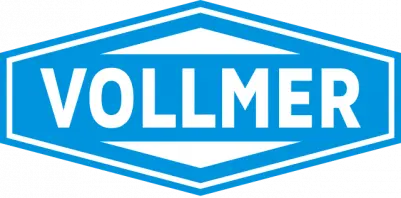Thickness gauges are used to measure the thickness of materials with high precision. The three main types of thickness gauges are:
- Contact Thickness Gauges (Mechanical/Physical Measurement)
- Non-Contact Thickness Gauges (Laser, X-ray, or Ultrasonic)
- Coating Thickness Gauges (Electromagnetic or Eddy Current)
1. Contact Thickness Gauges
These gauges physically touch the material to measure thickness.
Examples:
- Vollmer VBM & VBK Series Uses mechanical transducers that measure thickness by pressing on the material .
- Micrometers & Dial Indicators Handheld tools for small-scale measurements.
Advantages:
High precision (up to ±0.001 mm).
Works on most materials, including metal strips and flat wires.
Reliable even on oiled or rough surfaces.
Limitations:
Slower for continuous production lines.
Requires contact, which may damage soft materials.
2. Non-Contact Thickness Gauges
These gauges use optical, ultrasonic, or radiation-based methods.
Examples:
- Laser Thickness Gauges (VTLG Series) Uses dual laser sensors for real-time, high-precision measurements .
- X-ray & Beta Gauges Measure thickness based on material density.
- Ultrasonic Gauges Use sound waves to measure non-metallic and multilayer materials.
Advantages:
No physical contact – ideal for fragile or fast-moving materials.
Works at high production speeds (e.g., rolling mills).
Measures various materials, including coatings, plastics, and metals.
Limitations:
Higher cost than contact gauges.
Requires calibration based on material properties.
3. Coating Thickness Gauges
These gauges specifically measure thin coatings on materials.
Examples:
- Magnetic Induction Gauges - Used for coatings on ferrous metals (steel, iron).
- Eddy Current Gauges – Used for coatings on non-ferrous metals (aluminum, copper, brass).
Advantages:
Essential for paint, anodizing, and galvanizing industries.
Works without damaging the coating.
Limitations:
Inte lämplig för tjockleksmätning av hela material.
Which Thickness Gauge is Best for You?
- For metal processing & rolling mills: Contact (VBM/VBK) or Laser (VTLG) Gauges..
- For non-contact, high-speed measurements: Laser (VTLG) or X-ray gauges.
- For coatings & thin layers: Electromagnetic gauges.
Need a precise thickness measurement system? Vollmer offers high-precision VBM, VBK, and VTLG gauges for industrial applications.
